
The Best Single Origin Coffee: You may have recently noticed a sign or a label reading “best single-origin coffee” on the menu of a well-known café in the city. If you don’t understand why certain beans are marketed as single-origin coffee, continue reading as I go into great length on how this requirement arose and what single-origin coffee actually means.
What Does Single Origin Coffee Mean?
Single-origin coffee is named so because it is coffee that is grown in a single geographical location, a single location is usually a single farm or plantation.
Furthermore, since the coffee is grown in a designated, limited area, the unique characteristics of the beans can be preserved and recreated. However, there is still much confusion among coffee drinkers as to what the “wow factor” behind single-origin coffee is.
Simply put, single-origin coffee is the coffee that’s obtained from a single farm, producer, or region. Some labels go even a step further to include the name of the farm or estate from which the coffee beans or roasts have been sourced.
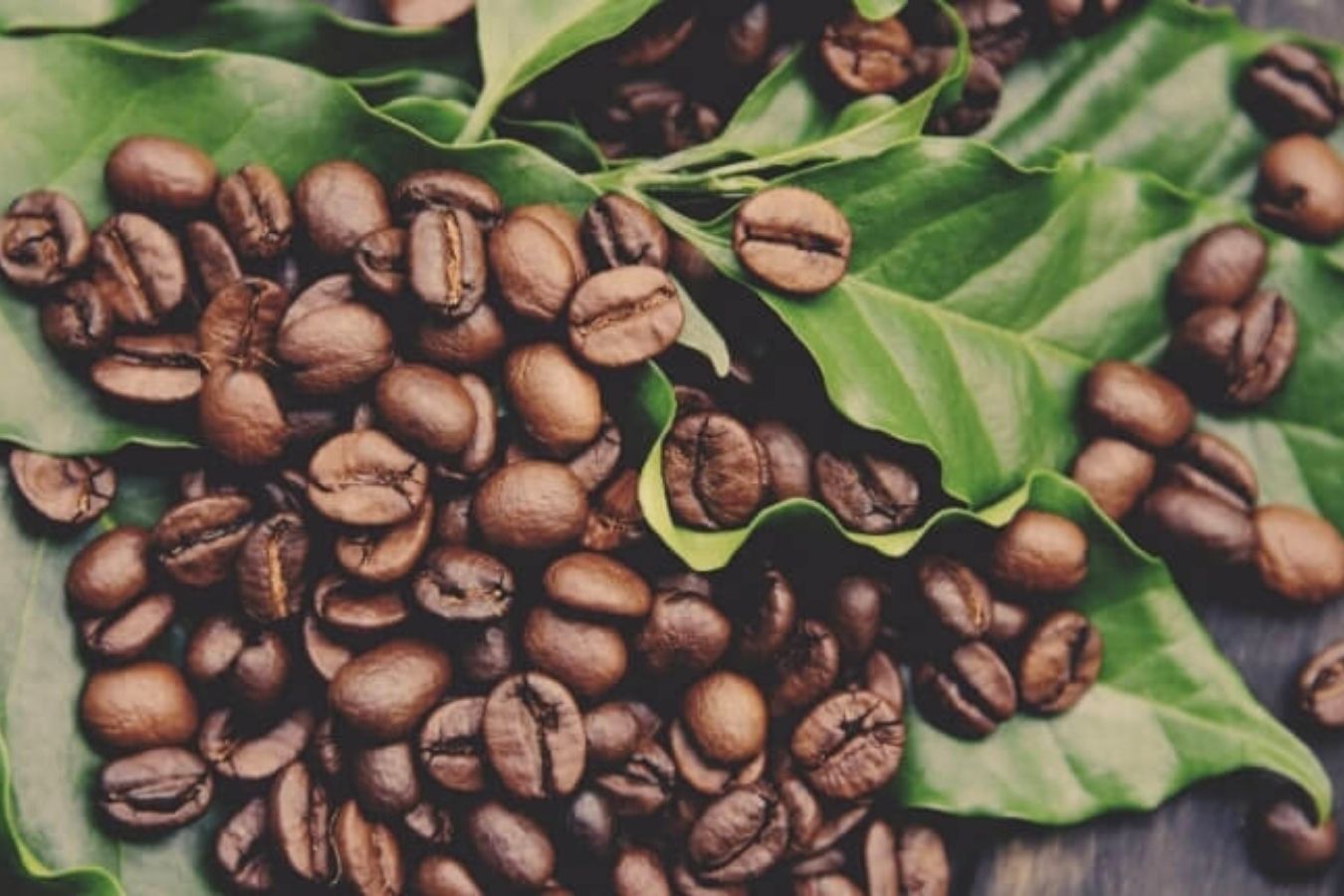
Coffee Bean origin makes it easy to trace the source of your coffee, right from the packaging. In an economy where consumers buy into a brand’s story and not just the product itself, knowing the origin of your roast or coffee bean gives consumers a course to support and assurance of the quality since they know how the crop itself is grown and processed.
Since the coffee itself carries the story and hence the flavour of the region in which it is grown, it becomes a great positioning from which the cafes can sell the coffee.
If you are picking your morning coffee from the shop on your way to work, then you may have to condone regular espresso coffee since single-origin coffee roast preparation takes time, so you can’t just dash in quick, grab your serving and dash out.
Best single origin coffee
Single-origin coffee is able to highlight specific flavours very well. Therefore, it’s important to know what your choices of flavours are when it comes to experimenting with single-origin coffee. Here’s just a handful of some of the most delicious coffees that you can purchase on the market today. Workers bag these beans from one growing area, each with its own flavour overtones.
When it comes to brewing these coffees, our tip is to brew them using the pour-over method. The pour-over process is a slower-paced, manual brewing process. As a result, this makes it the best method to experience the full flavour of the beans.
Different types of single origin coffee
Single region coffee
These refer to the coffee beans sourced from the same region or same country. They are usually named by the country’s or region’s name, for instance, Colombian coffee.
However, the single-origin term is far too broad a category since the coffee doesn’t really carry the intended meaning behind the name. Larger countries see a great variation in conditions such as climate, soil type, and humidity, which, generally affect the flavours of the coffee.
Thus, further categorization into specific areas within the country is necessary to make the coffee more traceable.
Single farm/ Single cooperative coffee
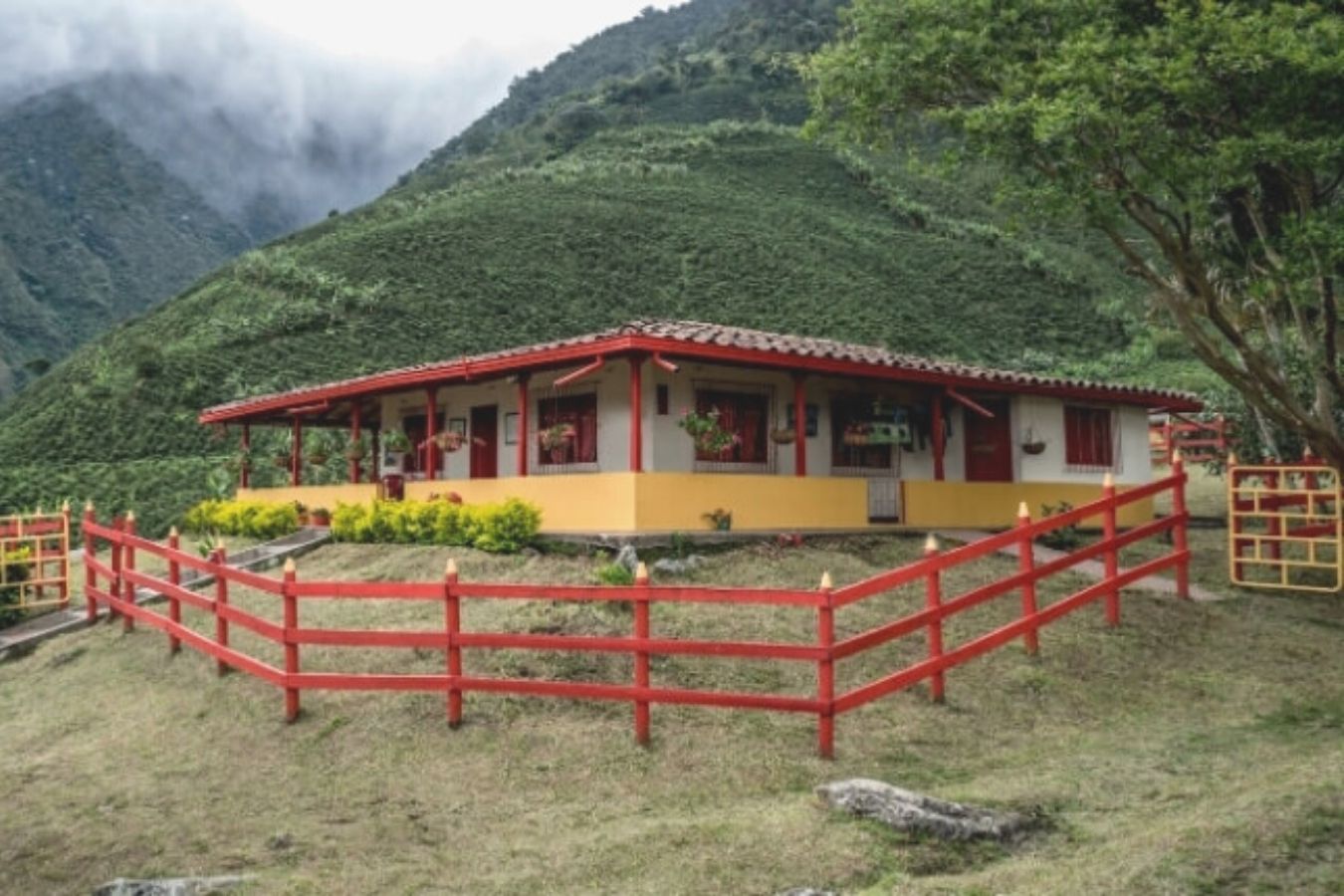
This is a narrower categorization and refers to those sourced from the same farm. With single-farm coffee, it’s easy to trace aspects such as climate, farming traditions, operations, growing conditions, and processing methods under which, your berries are produced and processed for the market.
These types are scarce and therefore on-demand, as they are only available during the harvest season. This is partly why such coffee beans tend to be more expensive compared to coffee blends of high quality.
Single cooperative coffee refers to coffee that comes from different farms within a specific region but those managed by the same cooperative thus there are still several similarities, especially in the sourcing of seeds, growing practices, and processing methods, which tend to influence a unified taste of the final products.
Micro-lot coffee
If you are looking for even finer, more exclusive coffee, then micro-lot and nano-lot coffee are your best shot at going exclusive. These are coffees sourced from a particular lot within the farm, where the parameters are super-specific. Call this exclusive coffee.
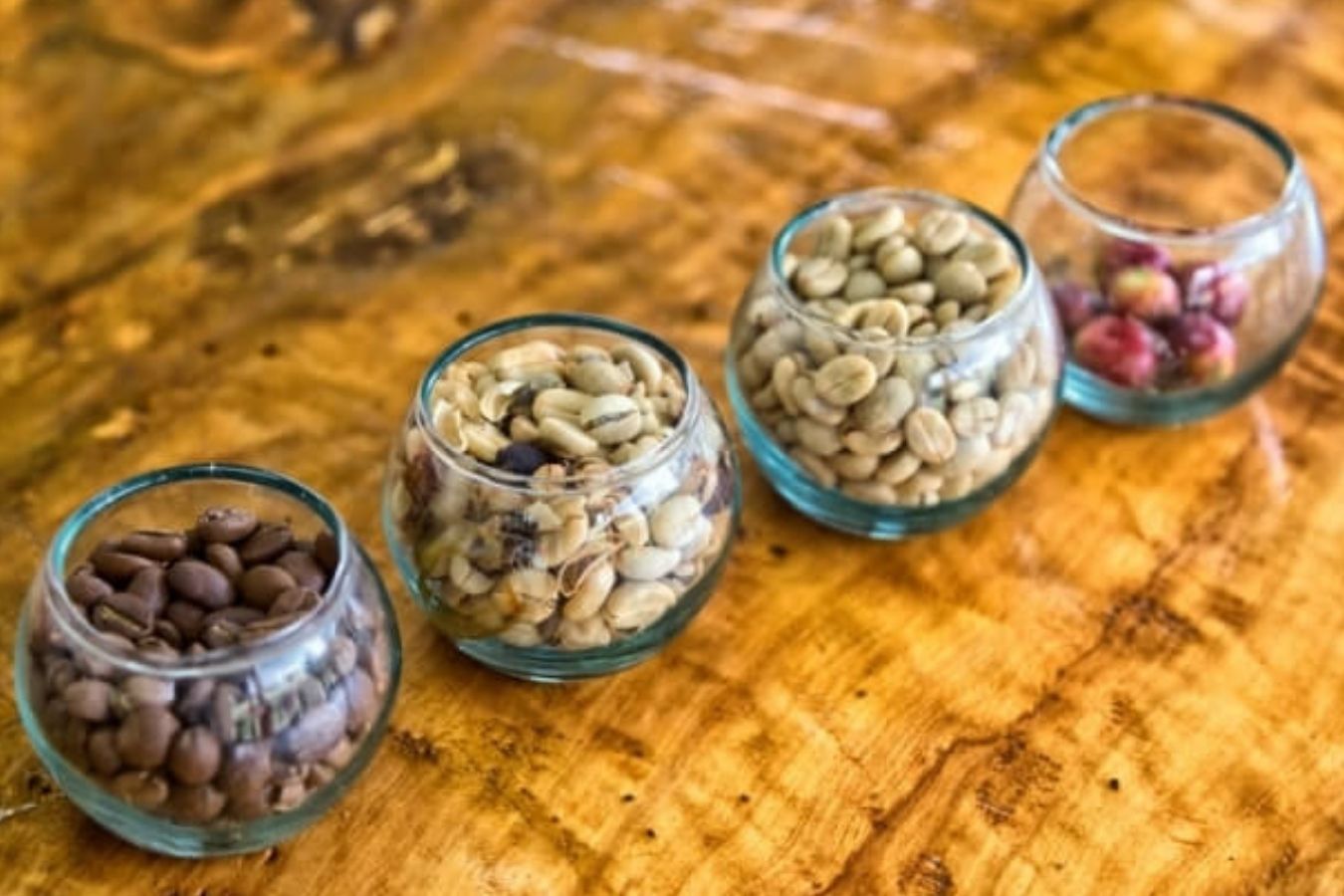
Why is the best single origin coffee expensive?
Single-origin coffees are rare and on-demand, which means that the pricing of these types tends to be quite high. However, that’s not the only reason that makes this scarce commodity expensive.
Speciality coffees like these are often grown by small-scale farmers who follow strict production guidelines to achieve higher quality beans on harvesting. To make economic sense and receive returns for their investment, these beans have to be sold at higher pricing. These farmers have bought into the third-wave movement that seeks to recognize the link between the roots of the coffee and the final taste of the brew.
Also, most of these specialized farms are in the regions where they appreciate the fair remuneration of their workforce. Fair wages are thus factored in when pricing the beans. Since single-origin beans are picked and sorted by hand, green bean buyers are also indirectly supporting the human workforce by purchasing the coffee at premium pricing.
Another reason that makes this coffee type expensive is its positioning in the industry. For consumers who love exclusive brands, this is their go-to speciality in the industry. Besides, these types of consumers are also appreciating the third wave movement and the comfort that by subscribing to the premium coffee, they are supporting workers in particular locations, the workers whom they can track down and see how they are being treated at the farms.
Last but not least, people pay more for products of higher quality products. Single-origin coffees sell themselves because of their unique and more pronounced flavours that are hard to achieve with any coffee blend. The brew from single-origin coffee will always have a unique district taste.
The best origin coffee beans in the world
Best Single-Origin World Coffees – Atlas Coffee Club
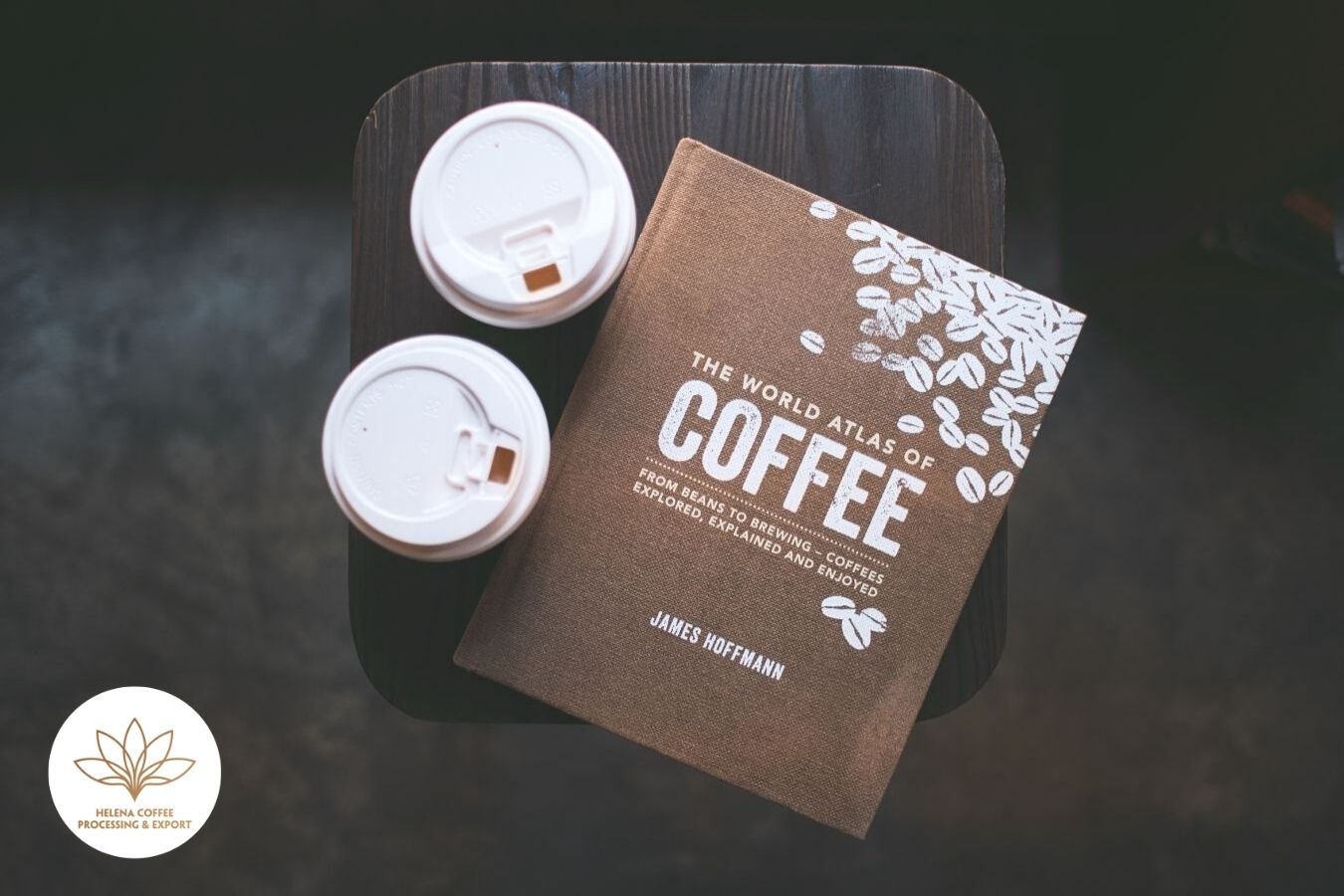
What To Expect:
- Brand: Atlas Coffee
- Beans: Arabica
- Origin: Varies
- Type: Single origin, Micro-lot
- Tasting notes: Varies
- Aroma: Varies
- Recommended brew styles: Pour Over, Drip, French Press, Moka Pot
If choosing one coffee origin as the world’s best sounds limiting to you, then consider signing up for a global Coffee of the Month Club. You’ll have the opportunity to sample premium coffees from all over the world, and it will be much simpler and more affordable than buying them individually.
One of our favourites is Atlas Coffee Club. Each month, they’ll ship a new coffee from a different growing region right to your door. You can specify your roast preference, but other than that, your coffee selection is in the hands of the experts at Atlas. And they haven’t let us down yet!
Atlas sources exclusively single-origin speciality coffee, always traceable to a particular region and sometimes right to a specific farm. As befits their name, they explore the whole world of coffee, so you’ll get to enjoy the best quality coffees from a diverse set of growing regions – some well known and some just emerging on the speciality coffee scene.
A coffee club isn’t just about drinking great coffee; learning about coffee is an equally important part. Along with coffee beans, your shipment from Atlas will include a gorgeous postcard that highlights the coffee’s origin and growing conditions, suggests the best brewing methods, and provides tasting notes.
Koa Coffee – Hawaiian Kona Coffee Beans (Hawaii)
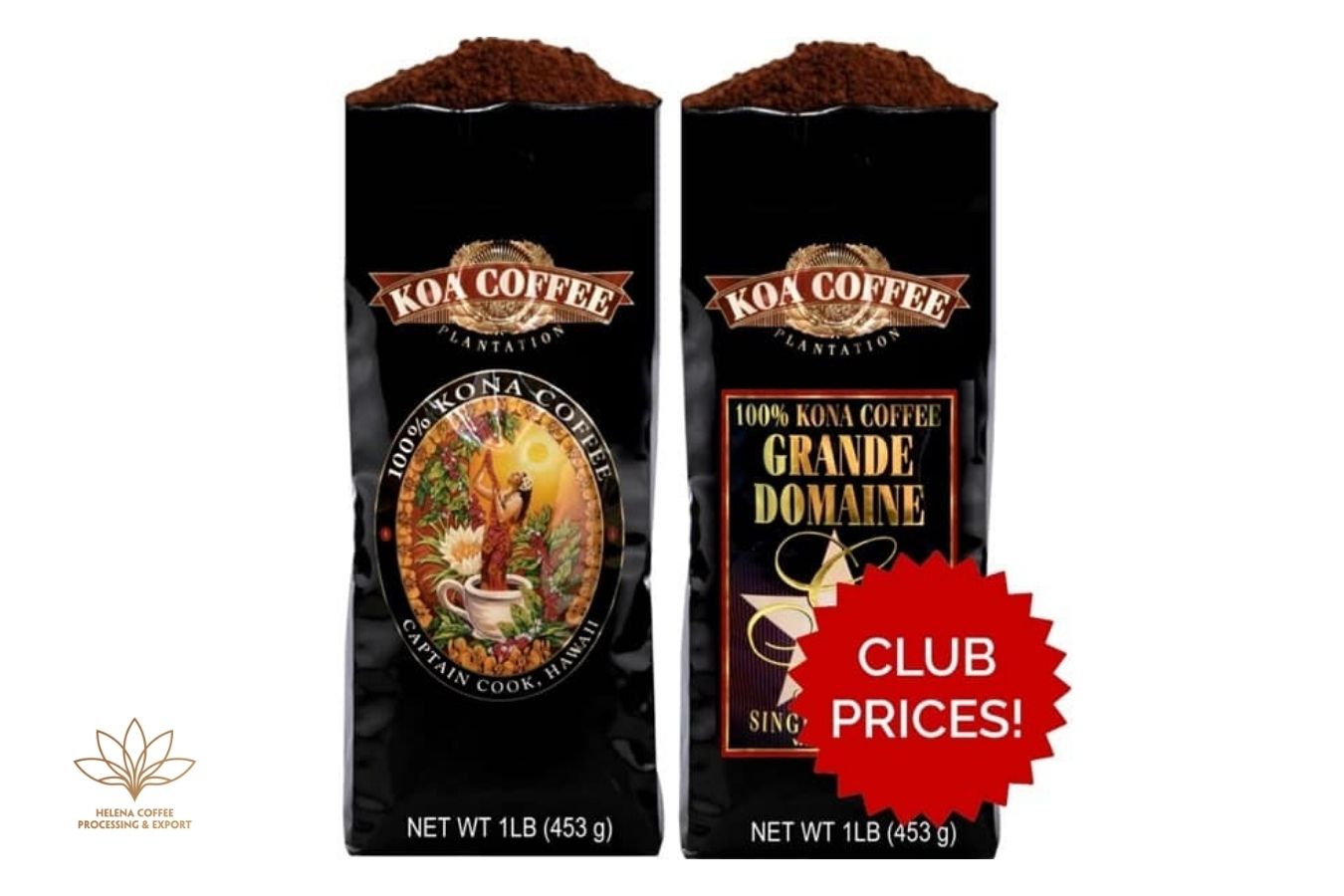
What To Expect:
- Brand: Kona Coffee
- Beans: Arabica
- Origin: Hawaii, USA
- Type: Single origin, medium roast
- Tasting notes: Sweet herbs and floral, with overtones of nuts
- Aroma: Mild, smooth with vibrant acidity
- Recommended brew styles: Drip and French Press
Kona is the largest Hawaiian island and is the best for growing high-quality coffee. The best coffee in America in fact, was voted by Forbes. With an excellent micro-climate, the perfect blend of rain and sun, and fertile, volcanic soil, the slopes on the big island just happen to be perfect for growing coffee.
Kona is just a growing region in Hawaii; there are other beans available from the Hawaiian chain of islands. Here is a detailed overview of Hawaiian coffee, but if you’d like to try some Kona here are the best Kona Coffee Brands.
To get your hands on high-quality Kona coffee, you will have to pay a premium. Not only is coffee from here limited in production and highly sought after, but it’s also grown in the United States where farmers are paid much more than the average farmer in a traditional coffee-growing country.
A high-quality Kona coffee is worth the money as long as you buy the real thing. Avoid Kona blends only 10% of the blend could be true Kona. Always buy Extra Fancy (the grade) as that is the highest quality. With a medium body, low acidity, and rich, smooth taste, this coffee will be an excellent addition to your auto-drip or pour-over routine. Koa coffee offers medium roast or dark roast depending on how you’re brewing.
Organic Medium Roast Coffee– LifeBoost Coffee
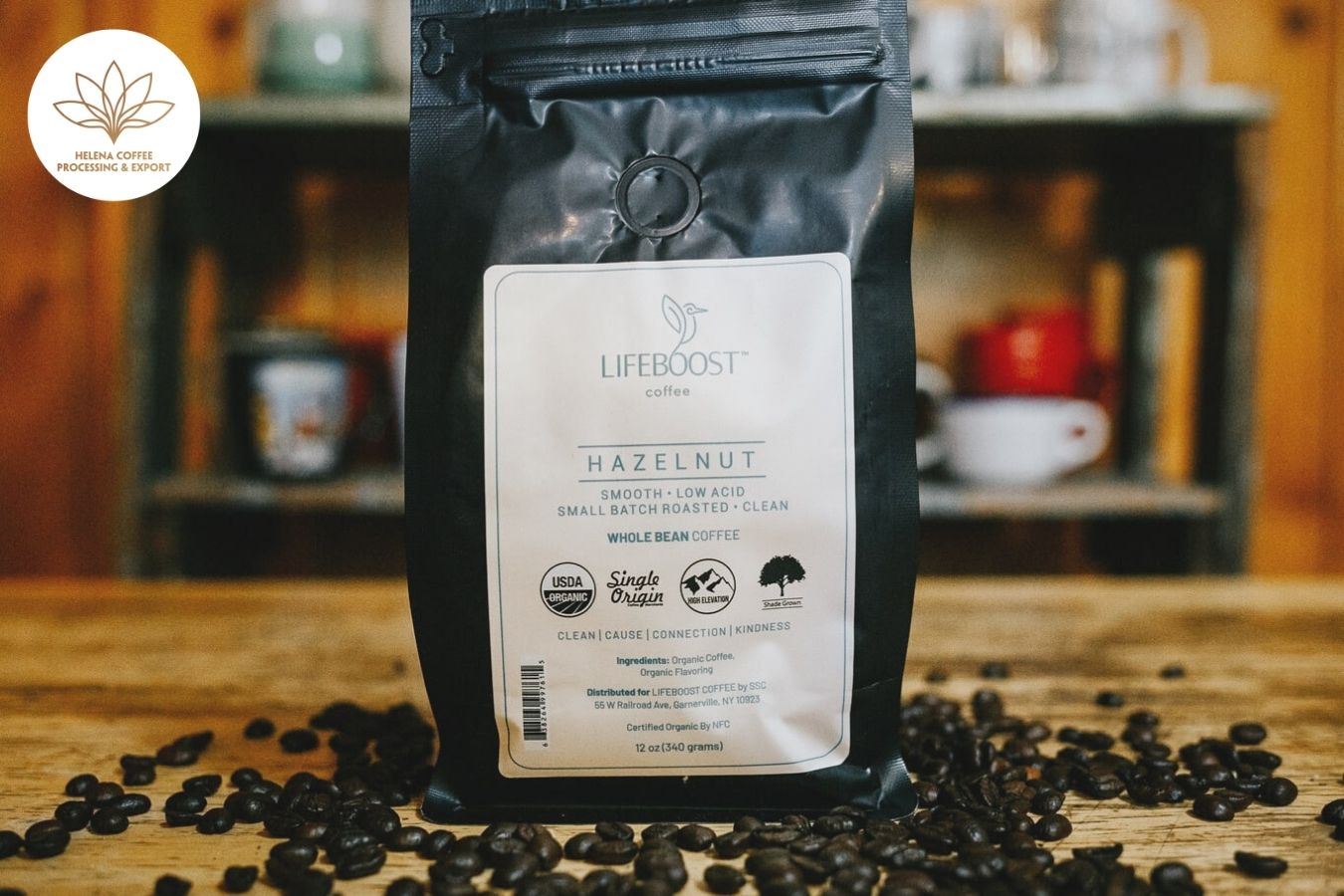
What To Expect:
- Brand: Lifeboost Coffee
- Beans: Arabica
- Origin: Nicaragua
- Type: Single origin, medium roast
- Tasting notes: Rich, full-bodied, earthy.
- Aroma: hints of caramel and woody notes.
- Recommended brew styles: French press, pour-over, espresso.
The mission and vision behind the company revolve around providing healthy, organic coffee that benefits the farmers, the drinkers and the environment. and it tastes great too! We recently reviewed a few bags ourselves:
They offer a whole range of coffees, but this organic medium roast is where you should start. It has an impressive number of certifications claims (USDA certified organic, mountain shade-grown, spring water washed and 3rd party tested for Mycotoxins) and taste great when brewed with most brew styles.
Blue Mountain Coffee From Jamaica

What To Expect:
- Brand: Volcanica Coffee
- Beans: Arabica
- Origin: Jamaica
- Type: Single origin, medium roast
- Tasting notes: Sweet herbs and floral, with overtones of nuts
- Aroma: Mild, smooth with vibrant acidity
- Recommended brew styles: Drip, French Press (black)
Jamaica produces a relatively small amount of coffee each year, and not all of it comes from the Blue Mountain. But the coffee that does grow here is grown at a very high elevation.
It’s extremely limited in production and about 80% of each year’s crop goes to Japan. Plus, these beans are extremely labour-intensive to produce, needing to be handpicked from the mountain slopes. The high elevation, cool temperatures, and volcanic soil help result in a harvest that takes nearly 10 months, which is much longer than that of other coffee-growing regions.
The resulting cup of coffee will be well balanced with a full-body, medium acidity with a mildly sweet taste. Some say blue mountain coffee is the smoothest brew they’ve ever enjoyed.
So getting these quality beans in the States will cost you a pretty penny. Is it worth it? Anyone that has tasted Blue Mountain Coffee will say F-yes. But like Kona, Blue Mountain is one of those coffees that needs to be purchased wisely. We put together a guide on choosing blue mountain coffee here.
Many brands will mislead you into buying their coffee, claiming the Jamaican Blue Mountain name. Avoid blends and any Jamaican coffee priced less than $20/lb. To call a coffee Jamaican Blue Mountain Blend, only a very small amount of the coffee actually needs to be Blue Mountain.
The profile of this coffee will make for an excellent drip coffee, whether pour-over or automatic. Drink it black and enjoy one of the most sought-after coffees in the world.